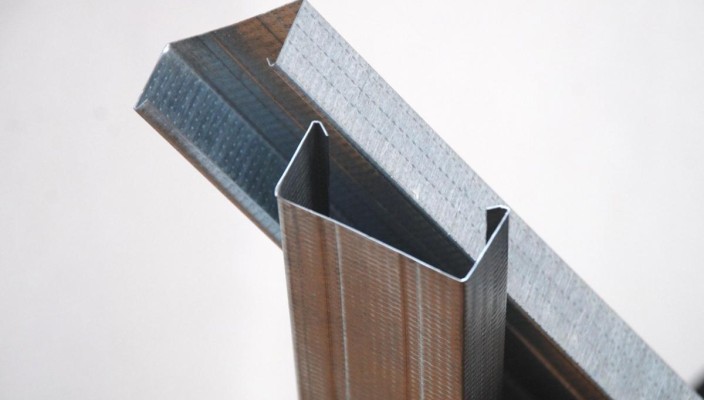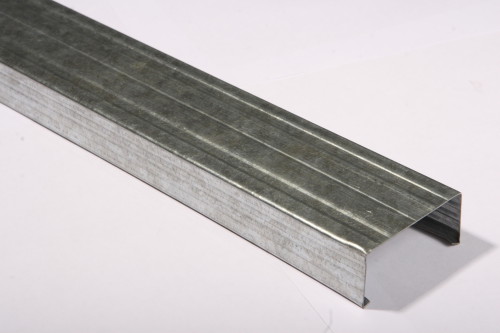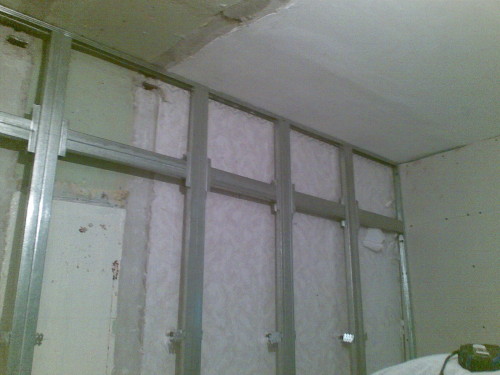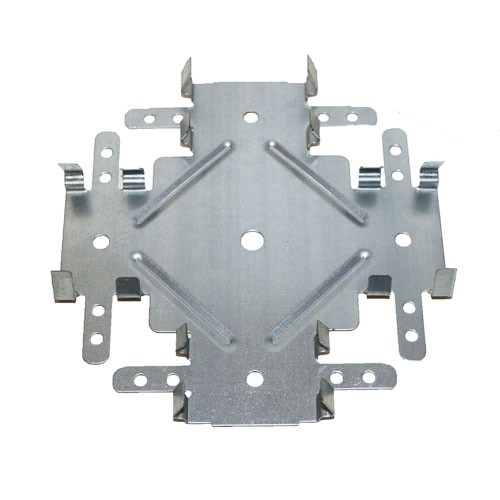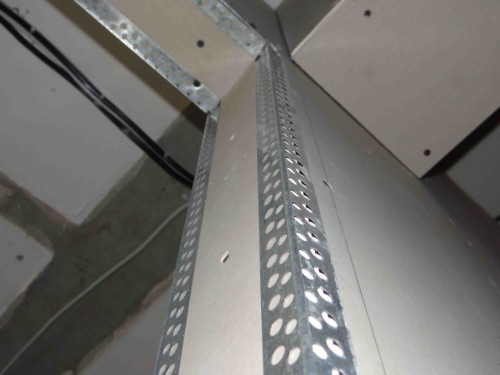Every day, plasterboard is becoming an increasingly popular material worldwide. It is no secret that with it, you can create a wide variety of housing elements, starting with curly walls in the room, and ending with shelves and mounted elements. At the same time, it is impossible to forget that the main component of plasterboard structures are metal profiles. It is with their help that the complex structures are formed, which can be safely called the work of art.
Content
Do not forget that today there is a tremendous selection of profiles for drywall. Each individual metal element can be used only in specific cases, otherwise the reliability of the construction structure under a big question.
In addition, the idea of \u200b\u200bthe forms and sizes of metal profiles allows you to create drawings and entire home design projects.
Features of the choice of metal profiles and designs from plasterboard
As mentioned earlier, the basis of any design of drywall is metal profiles that should ensure its reliability and durability. The formation of a metal frame is the main part of such repairs. When creating mounted ceilings, metal profiles must withstand tens of kilograms. If the septum is erected, the design must be stable, and metal profiles are massive and thick. Sometimes the design is intentionally dried by adding several layers of plasterboard. In this case, it becomes necessary to use special types of profiles that can give in to small bends, but at the same time to withstand the coo weight.
Types of metal profiles
Most often, the UD-profiles guides are used in construction. This element of any drywall design creates a plane for a trimmed object. If the design is a flat wall, then the entire perimeter is trimmed by this type of profile. The width of this profile is 25 mm, and the length is 3000 mm. Definitely, if necessary, you can cut the product on the part. The reliability of this type of profile can be estimated by the thickness of the metal. Thin material can be used only when the walls are trimmed. To create mounted ceilings and shelves, it is better to use more reliable options.
Also popular with the carrier CD profile. With it, it creates the final formation of the frame for plasterboard design. It is this kind of profile that is able to cope with the main load, which acts on the erected housing element. In this case, the profile may also have different thickness. With a thin metal you need to use a large number of fasteners. The width of this metal profile is 60 mm, the thickness is 25 mm. The length of the product may be limited to 4000 mm. Do not forget that manufacturers themselves control the dimensions of profiles, so that the values \u200b\u200bcan differ slightly from the material.
Arch profile is a real find for those who want to create a unique home interior. Despite the name, this profile can be applied not only to build arched passes between rooms, but also to create curved walls, shelves and partitions. It should not be flexing the arched profile several times, since the metal can be simply broken into parts, and then the design will not have the desired strength. The dimensions of this element may be the most diverse, but most often you can find dimensions similar to the two past types of profiles.
Profiles for the construction of partitions
To create large and reliable partitions, ordinary metal profiles are not suitable. To date, there is a huge variety of profiles used exclusively for the construction of partitions inside the room. The dimensions of such metal elements are large, and the large thickness of the metal does not allow the profile to bend even under the action of serious loads.
With the help of the UW-profile guide, a plane is created for the formation of simpleness. Thus, the metal element is mounted throughout the perimeter of the partition, including the floor and adjacent walls.
To increase the strength and reliability of the septum, you will need to use the CW profile. It is mounted with a certain step so that the plasterboard sheets can be attached from all sides of the future partition.
Fastening plasterboard profiles
Without special elements for profiles, the design cannot be called reliable. With additional fasteners, the variety of which is also impressive, the frame of the frame to the wall or other surface occurs.
Often, the P-shaped profile is used for these needs. With it, you can connect the guide profiles with walls. This element is fastened to the surface of the surface, and then the guide profiles arrive. Flexible rings located on the sides of the fastener are designed for mounting to the profile using self-tapping screws.
When using a crab CD connector, you need to understand that this fastener is located between the main supporting profiles. In the perpendicular direction, this fastener connects several metal elements of the plasterboard design at once. Thus, the CD fasteners has 8 holes that are necessary for reliable fixation of structural elements.
The CD connector is used exclusively to eliminate conventional profiles. Most often, this element is located at the end of the connected profiles. After that, the connector is fixed using 4 screws.
A two-level CD connector is quite rare. Its use is justified only in cases where the frame is attached to a variety of moving grounds. The frame itself must have 2 levels. The first consists of CD profiles, but it is not attached to the surface. The second level is an ordinary framework that is connected using a two-level CD connector. This design allows you to preserve the original design dimensions, for example, with high humidity in a wooden house.

